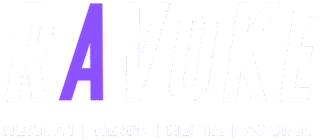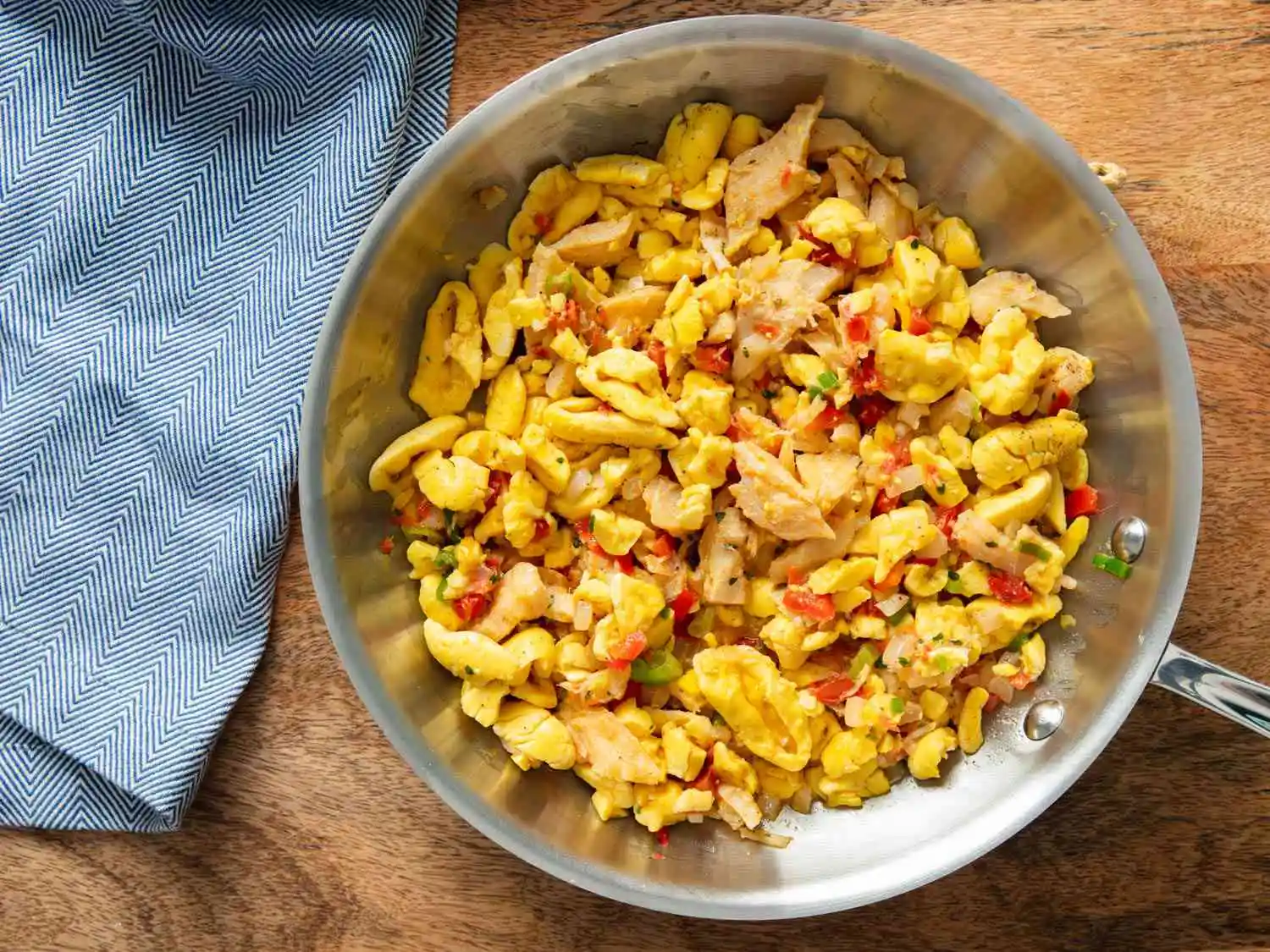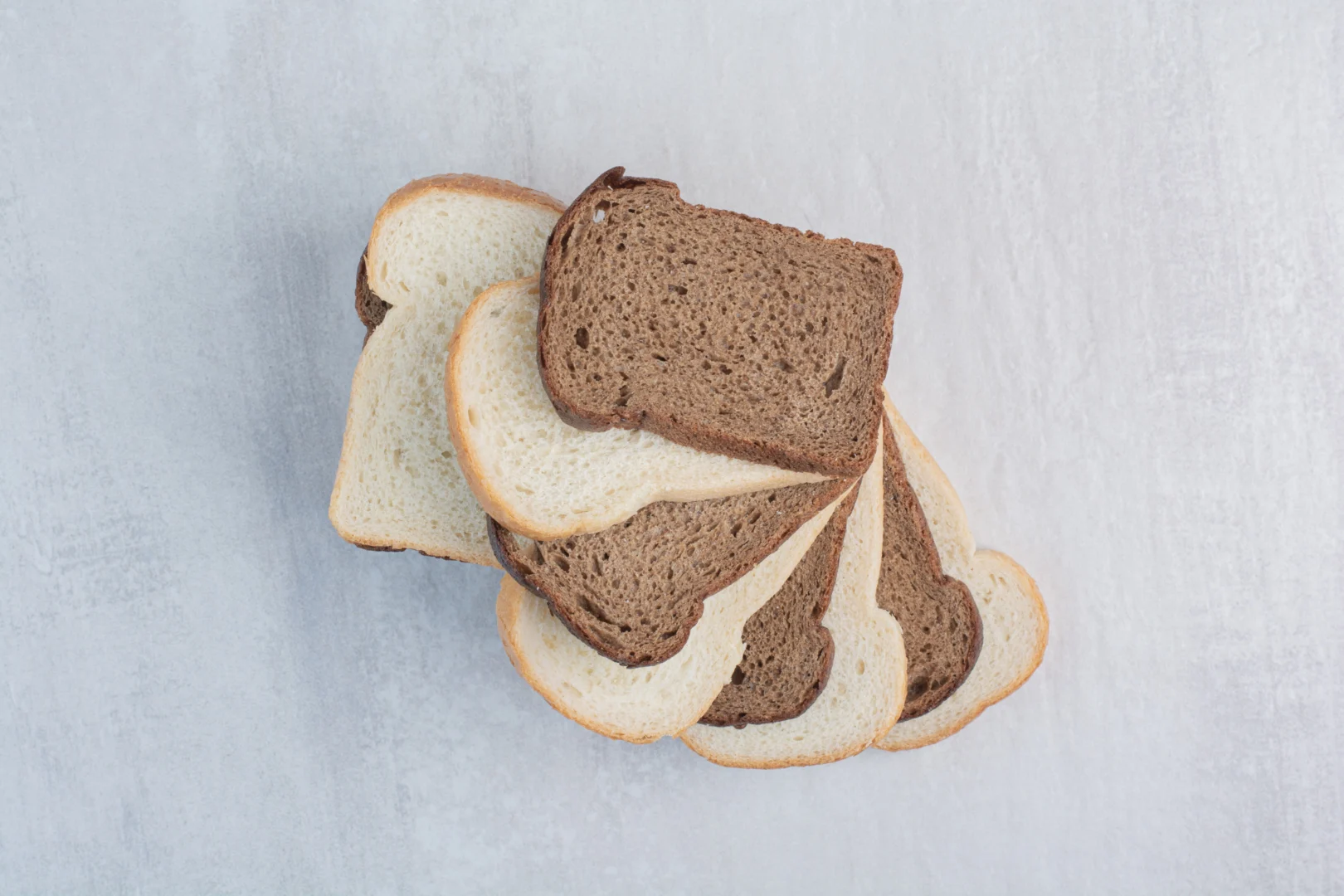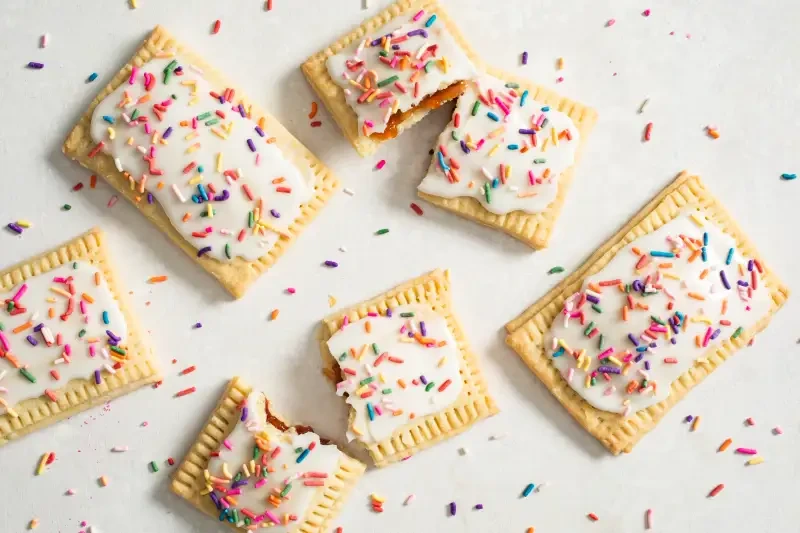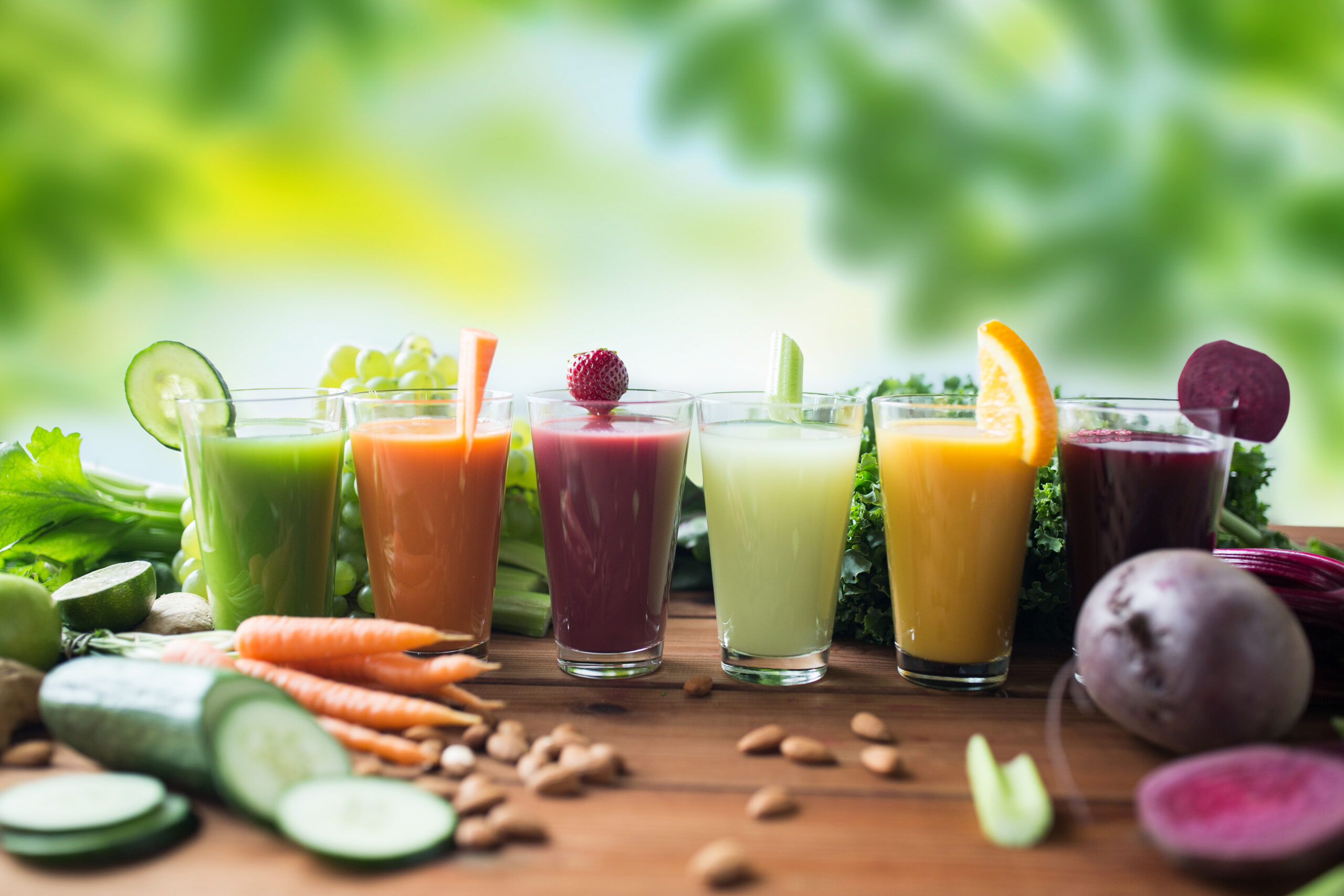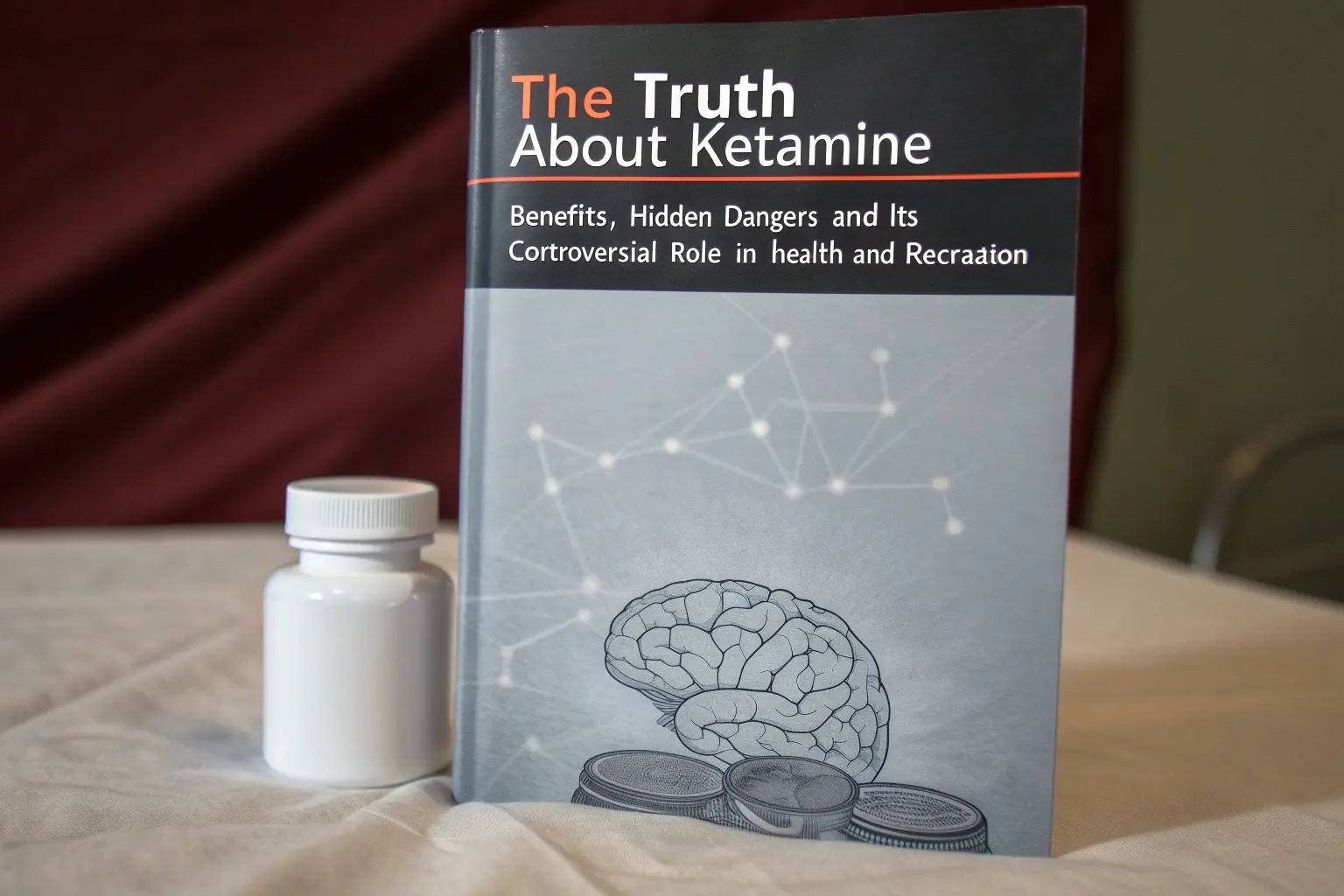The Dark Side of Nutella: What You Need to Know Before Your Next Spoonful
Nutella may taste like childhood comfort, but it’s a sugar-heavy spread masquerading as breakfast. With over 50% sugar, palm oil, and minimal real cocoa or hazelnuts, it’s more dessert than
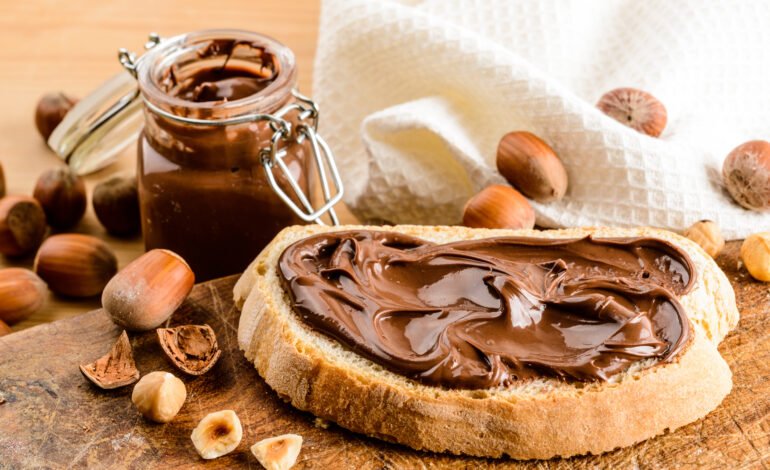
- PublishedMay 7, 2025
It’s creamy, chocolaty, and undeniably delicious. Whether spread on toast, folded into crepes, or eaten straight from the jar, Nutella has become a global breakfast staple and snack obsession. Marketed as a “hazelnut spread with cocoa,” it’s often positioned as a playful indulgence — even a source of energy to start your day.
But peel back the shiny label and cheery branding, and you’ll uncover a darker truth: Nutella is far from the harmless treat it pretends to be. Behind that smooth texture lies a high-calorie, high-sugar product loaded with questionable ingredients and health risks.
So what’s really in Nutella? Why has it drawn criticism from health experts and nutritionists worldwide? And should it have a place in your pantry — or your kids’ lunchbox?
Let’s break it down.
What’s in Nutella?
At first glance, Nutella’s ingredient list seems simple: sugar, palm oil, hazelnuts, cocoa, skim milk powder, lecithin (an emulsifier), and vanillin (an artificial flavor). But here’s what those ingredients really mean for your body:
- Sugar: Makes up over 55% of the product — more than half the jar is pure sugar.
- Palm oil: A processed, saturated fat with controversial ties to heart health and environmental damage.
- Hazelnuts: Only 13% of the product, despite being the brand’s headline ingredient.
- Cocoa: Present, but in modest amounts — the chocolate flavor is more illusion than reality.
- Skim milk powder and emulsifiers: Help with texture, not nutrition.
The result? Just two tablespoons of Nutella contain 21 grams of sugar, 11 grams of fat (including 4 grams of saturated fat), and 200 calories — with minimal fiber or protein.
Why Nutella Is Bad for Your Health
1. It’s Essentially Dessert Disguised as Breakfast
One of the biggest issues with Nutella is how it’s marketed — especially to parents. Ads often depict it as a wholesome way to start the day, paired with fruit or whole-grain bread. But nutritionally, Nutella has more in common with frosting or candy than any legitimate breakfast food.
A single serving contains more sugar than many chocolate bars. Eating it first thing in the morning can spike blood sugar levels, leading to a crash mid-morning and contributing to metabolic dysfunction over time.
2. Sugar Overload = Long-Term Health Consequences
Overconsumption of added sugars has been linked to:
- Obesity
- Type 2 diabetes
- Heart disease
- Fatty liver disease
- Cognitive decline
The World Health Organization recommends no more than 25 grams of added sugar per day for adults. Just two tablespoons of Nutella put you nearly at that limit — and kids hit it even faster.
3. Palm Oil: Processed and Problematic
While palm oil isn’t inherently toxic, the way it’s refined for processed foods raises red flags. It’s high in saturated fat and has been linked to increased LDL cholesterol when consumed in excess.
In 2016, the European Food Safety Authority (EFSA) warned that refined palm oil may contain potentially carcinogenic contaminants when heated at high temperatures — a common practice in food manufacturing.
Beyond health concerns, palm oil production is also associated with deforestation, habitat destruction, and labor exploitation, making it an ethical issue as well as a nutritional one.
4. Nutella Contains Very Little Actual Hazelnut or Cocoa
Despite the branding, Nutella is not a “hazelnut spread” in any meaningful sense. Hazelnuts account for just 13% of the product, and cocoa is present in even smaller quantities.
That means most of the flavor comes from sugar, fat, and artificial additives — not real ingredients with nutritional value.
Read About: The Truth About Gummy Superfoods: Candy or Cure?
Marketing vs. Reality
Ferrero, the company behind Nutella, has faced backlash and legal challenges over misleading marketing. In 2012, a U.S. class-action lawsuit accused Ferrero of falsely advertising Nutella as a healthy food choice for children. The company settled, agreeing to pay millions in damages and change its labeling.
Despite this, the brand still benefits from decades of positioning itself as family-friendly and energy-giving — proof of how powerful food marketing can be when it plays on comfort, nostalgia, and indulgence.
Is There Any Nutritional Value?
Nutella does contain:
- Small amounts of calcium and iron
- Some vitamin E from hazelnuts
- A satisfying taste that may trigger dopamine release (the “feel-good” brain chemical)
But the nutritional trade-off isn’t worth it. There are many other ways to enjoy sweet spreads or hazelnuts without subjecting your body to a sugar-and-fat bomb first thing in the morning.
Healthier Alternatives to Nutella
If you’re craving something similar, here are a few better-for-you options:
- Homemade nut butter + dark chocolate: Blend roasted hazelnuts or almonds with a bit of cocoa powder and natural sweetener.
- Natural chocolate nut spreads: Look for brands with minimal ingredients, no palm oil, and less sugar (like Justin’s, Nocciolata, or RX Nut Butter).
- Fruit-based spreads: Pair nut butter with mashed bananas or date syrup for a naturally sweet combo.
The Verdict: A Spoonful of Truth
Nutella isn’t poison. It’s not going to hurt you in small, infrequent doses. But the real danger is how casually it’s consumed and how deceptively it’s marketed.
It’s not breakfast. It’s not fuel. It’s not for kids on a daily basis.
It’s a treat — and one that should be seen for what it is: a processed spread that offers more sugar and fat than real nutrition.
If you wouldn’t eat frosting by the spoonful for breakfast, Nutella shouldn’t be a staple either.
Recent Posts
- How to Make Ackee and Saltfish (Healthy Caribbean Twist)
- White Bread vs. Whole-Grain Bread
- Oral GLP-1s Are About to Be the Next Big Craze: My Experience, the Science, and What Millions Need to Know
- Are Pop-Tarts Healthy?
- Low Carb Jamaican Curry Chicken – A Healthy Caribbean Classic by Charles Mattocks
